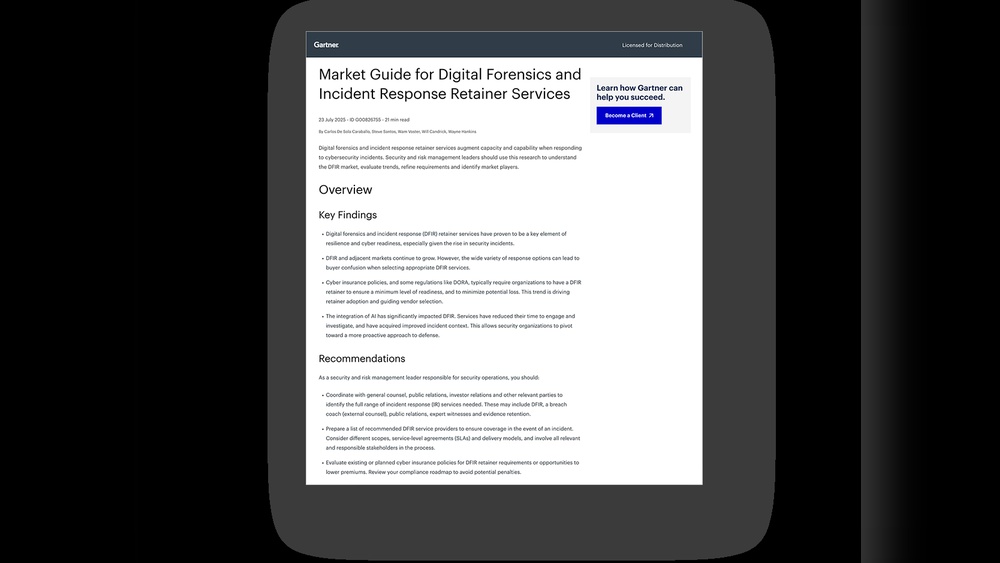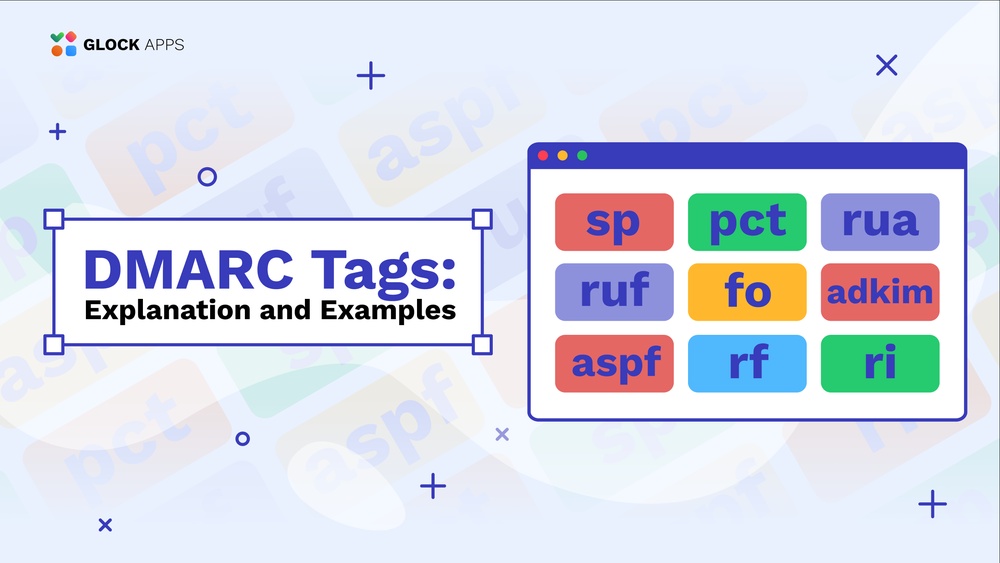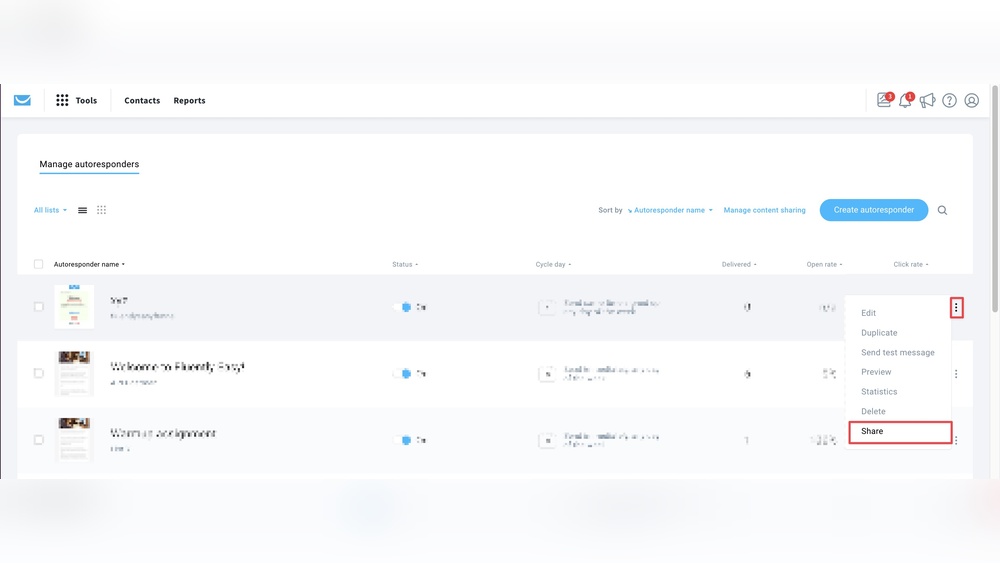Are you prepared to face a cyberattack the moment it happens? Your organization’s ability to respond quickly and effectively can mean the difference between a minor disruption and a major crisis.
That’s where Digital Forensics and Incident Response (DFIR) retainer services come in. These services give you immediate access to expert help when you need it most—help that uncovers what happened, stops the damage, and guides your recovery. But with so many options out there, how do you choose the right retainer service for your needs?
This market guide breaks down everything you need to know about DFIR retainers, helping you make smart decisions that protect your business and keep you one step ahead of cyber threats. Keep reading to discover how to strengthen your cyber resilience with the right incident response partner.

Credit: www.cybereason.com
Digital Forensics And Incident Response Basics
Digital forensics and incident response (DFIR) are vital in defending against cyber threats. This field focuses on identifying, investigating, and managing security incidents. Organizations use DFIR to minimize damage and recover quickly from attacks.
Understanding the basics helps businesses prepare better and respond faster. It also supports building stronger cybersecurity strategies to protect data and systems.
Core Functions Of Dfir
Digital forensics involves collecting and analyzing digital evidence. Incident response manages the reaction to security breaches. Both work together to detect threats, contain damage, and recover systems.
Key tasks include identifying the attack source, preserving data integrity, and documenting findings. These steps help uncover how the attack happened and prevent future risks.
Importance In Cybersecurity
DFIR strengthens overall cybersecurity defenses. It provides valuable insights into attack methods and vulnerabilities. Organizations can improve policies and tools based on real incident data.
Timely response limits financial and reputational harm. It also ensures compliance with legal and regulatory requirements. Without DFIR, businesses face greater risks and longer recovery times.
Reactive Vs Proactive Approaches
Reactive DFIR focuses on actions after an incident occurs. This includes investigation, containment, and recovery efforts. Reactive methods help reduce immediate harm and restore normal operations.
Proactive DFIR aims to prevent incidents before they happen. It involves threat hunting, system monitoring, and regular security assessments. Proactive steps improve readiness and reduce the chance of breaches.
Both approaches are essential for a strong cybersecurity posture. Combining them creates a balanced defense against evolving cyber threats.
Retainer Services Explained
Retainer services in digital forensics and incident response (DFIR) provide organizations with ongoing access to expert help. These services prepare businesses for cyber incidents by securing resources ahead of time. A retainer acts like a subscription for immediate support during security breaches. It ensures fast response and detailed investigations to minimize damage. Understanding what these retainers cover helps companies choose the right partner.
What Dfir Retainers Include
DFIR retainers usually cover reactive and proactive support. Reactive services help when a breach happens. They include forensic investigations, root cause analysis, and recovery assistance. Proactive support may involve threat hunting, incident readiness assessments, and training. Some retainers also offer access to expert advice anytime. This mix ensures readiness and quick action during cyber incidents.
Benefits Of Retainer Agreements
Retainer agreements provide peace of mind and cost control. Organizations gain priority access to experts without delays. They reduce downtime by speeding up incident response. Retainers also improve security posture with ongoing assessments. Fixed pricing helps manage budgets better. Companies can focus on their core work, knowing help is ready when needed.
Common Features And Offerings
Common retainer features include 24/7 availability and rapid response times. Many offer detailed forensic reports and evidence collection. Some services include malware analysis and threat intelligence. Regular security reviews and drills are also popular offerings. Retainers may provide legal and compliance guidance. These features help organizations stay prepared and compliant during incidents.
Market Trends And Dynamics
The digital forensics and incident response (DFIR) retainer services market is evolving rapidly. Understanding the current trends and market dynamics helps businesses stay prepared. Demand for expert DFIR services grows as cyber threats become more complex. This section breaks down key factors shaping the market today.
Growth Drivers
Increasing cyberattacks push companies to invest in DFIR retainers. Regulations require faster breach responses and thorough investigations. Organizations want to limit damage and reduce downtime after incidents. Outsourcing to experts lowers costs and improves response quality. Growing awareness of cyber risks fuels steady market growth.
Emerging Technologies
Artificial intelligence boosts threat detection and analysis speed. Cloud computing changes how forensic data is stored and accessed. Automation helps streamline incident response workflows. Advanced malware analysis tools improve accuracy in identifying threats. These technologies enhance DFIR services and expand their capabilities.
Shifts In Threat Landscape
Cybercriminals use more sophisticated tactics and tools. Ransomware attacks rise, targeting critical infrastructure and businesses. Insider threats gain attention due to data leaks and sabotage risks. Attackers exploit remote work vulnerabilities and cloud services. These changes increase demand for proactive and reactive DFIR solutions.
Evaluating Dfir Vendors
Choosing the right Digital Forensics and Incident Response (DFIR) vendor is vital for effective cybersecurity defense. The evaluation process helps organizations find a partner that fits their unique needs and responds quickly to incidents. This section explores important factors to consider when assessing DFIR vendors.
Key Selection Criteria
Focus on response time and availability. Fast action reduces damage during breaches. Check the vendor’s expertise in forensic analysis and incident handling. Understand their communication style and reporting methods. Clear updates keep your team informed. Also, ensure they comply with legal and industry standards. This protects your organization during investigations.
Service Models And Capabilities
Vendors offer various service models, including on-demand and retainer options. Retainers provide constant readiness and quicker response. Look for vendors with broad capabilities like malware analysis, root cause identification, and recovery support. Consider their ability to work with your existing tools and systems. Flexibility in service delivery is a plus.
Vendor Reputation And Experience
Check the vendor’s track record with similar organizations. Years of experience often mean better handling of complex incidents. Read client testimonials and case studies to gauge reliability. Verify certifications and industry recognitions. A trusted vendor builds confidence and ensures quality service during critical times.
Incident Response Strategy Tips
Building a strong incident response strategy is key to handling cyber threats fast and well. This strategy helps your team react clearly and reduce damage. Using the right tips improves your chances of quick recovery and better security.
Integrating Retainer Services
Retainer services provide expert help ready when you need it. They bring skilled responders and tools that work with your team. This mix speeds up incident handling and adds fresh knowledge. Make sure these services fit your current plans and systems. Clear rules about when and how to call them keep responses smooth.
Balancing In-house And Outsourced Efforts
Keep a strong in-house team for daily monitoring and quick fixes. Outsource complex tasks like deep forensics and wide threats to specialists. This balance saves money and keeps skills sharp. Train your staff to work with external experts well. Define roles to avoid confusion during incidents.
Measuring Response Effectiveness
Track how fast and well you find and fix issues. Use clear metrics like time to detect, time to respond, and recovery time. Regular reviews show what works and what needs change. Feedback from these checks guides training and tool updates. This keeps your incident response growing stronger.

Credit: www.group-ib.com
Case Studies And Use Cases
Case studies and use cases offer real-world insights into digital forensics and incident response retainer services. They show how organizations handle cyber threats and recover from attacks. These examples highlight practical benefits and challenges of DFIR retainers. Understanding these cases helps businesses prepare better and make informed decisions.
Successful Incident Responses
Several organizations quickly contained cyberattacks using DFIR retainer services. Rapid response reduced data loss and downtime. Expert teams analyzed the breach and identified the attack source. This swift action saved millions in potential damages. These cases prove the value of having a retainer ready at all times.
Lessons From Major Breaches
Major breaches reveal common mistakes and gaps in security. Case studies show how delayed responses worsen the impact. They also demonstrate how forensic analysis uncovers hidden vulnerabilities. Organizations learned to improve detection and prevention measures. These lessons help others avoid similar costly errors.
Industry-specific Applications
Different sectors face unique cybersecurity threats. Healthcare, finance, and retail each require tailored DFIR approaches. Case studies detail how retainers adapt to industry rules and risks. This customization ensures faster, more effective incident resolution. Industry-specific examples guide companies in choosing the right services.
Pricing And Contract Insights
Understanding pricing and contract details is essential when choosing digital forensics and incident response (DFIR) retainer services. Clear insights into costs and terms help businesses plan budgets and avoid surprises. This section breaks down common pricing models, key contract terms, and tips for negotiating favorable agreements.
Typical Pricing Models
DFIR retainer services often use fixed fee or hourly rate pricing. Fixed fees provide a set amount for a specific time period, such as monthly or annually. Hourly rates charge based on actual time spent during incidents or investigations. Some providers combine both models, offering a base retainer plus hourly charges for extra work. Volume discounts or tiered pricing may apply depending on service usage. Understanding these models helps predict costs and match services to your needs.
Contract Terms To Watch
Contracts usually specify response times, service scope, and payment schedules. Pay close attention to the length of the agreement and renewal terms. Look for clauses on data privacy, confidentiality, and liability limits. Some contracts include exclusivity or non-compete clauses that may restrict future options. Termination conditions and penalties should be clear and fair. Knowing these terms protects your business during and after incidents.
Negotiation Best Practices
Start by defining your key requirements and budget limits. Ask vendors to explain pricing details and service levels clearly. Compare multiple offers to identify common and unique terms. Request flexibility on contract length and termination clauses. Negotiate response times that suit your risk profile. Confirm how additional services or overtime are billed. Document all agreed changes before signing. A thorough negotiation saves costs and ensures reliable support.
Credit: www.bankinfosecurity.com
Future Outlook
The future of Digital Forensics and Incident Response (DFIR) retainer services holds significant promise. As cyber threats continue to grow, organizations must stay prepared. The market is expected to evolve rapidly to meet new challenges. This section explores key trends shaping the future outlook.
Anticipated Market Changes
The DFIR retainer services market will expand steadily. More businesses will adopt retainer models for faster incident response. Demand will rise for flexible and scalable service packages. Small and medium enterprises will seek affordable retainer options. Regulatory requirements will push organizations to improve cyber resilience. Outsourcing incident response will become a common practice. Vendors will compete on service quality and speed.
Advancements In Forensic Tools
Forensic tools will become more sophisticated and automated. Artificial intelligence will assist in faster data analysis. Cloud-based forensic solutions will gain popularity. Tools will support a wider range of devices and platforms. Integration with threat intelligence will improve accuracy. Real-time monitoring and alerting will enhance response times. User-friendly interfaces will make tools accessible to non-experts.
Evolving Threats And Preparedness
Cyber threats will grow in complexity and volume. Attackers will use advanced techniques like AI and machine learning. Ransomware and data breaches will remain primary concerns. Organizations will increase investment in proactive threat hunting. Employee training will become a key defense layer. Incident response plans will be regularly updated and tested. Collaboration between industry and government will improve preparedness.
Frequently Asked Questions
What Are Digital Forensics And Incident Response Retainers?
Digital forensics and incident response (DFIR) retainers provide organizations with on-demand cybersecurity expertise. They help quickly investigate breaches, identify root causes, and support recovery efforts during incidents. Retainers ensure faster response times and improve overall cyber resilience.
Why Are Dfir Retainer Services Important?
DFIR retainer services enhance an organization’s readiness for cyberattacks. They provide pre-negotiated access to expert resources, reducing downtime and damage during incidents. This proactive approach helps contain threats swiftly and protects business continuity.
How To Choose The Right Dfir Retainer Provider?
Select a provider with proven expertise, rapid response capabilities, and transparent pricing. Evaluate their experience with your industry and incident types. Check references, service scope, and scalability to ensure alignment with your security needs.
What Costs Are Involved In Dfir Retainer Services?
Costs vary based on service levels, response times, and complexity. Typically, fees include a fixed retainer plus hourly rates for incident handling. Clear contracts help avoid unexpected expenses during critical cybersecurity events.
Conclusion
Choosing the right digital forensics and incident response retainer service is crucial. It helps businesses react quickly to cyber threats. These services provide expert support during security incidents. They also improve overall cyber readiness and resilience. Understanding the market guides better decision-making.
Being prepared reduces damage and downtime. A clear strategy ensures faster recovery. Stay informed and select a reliable partner. Protect your business from evolving cyber risks.







